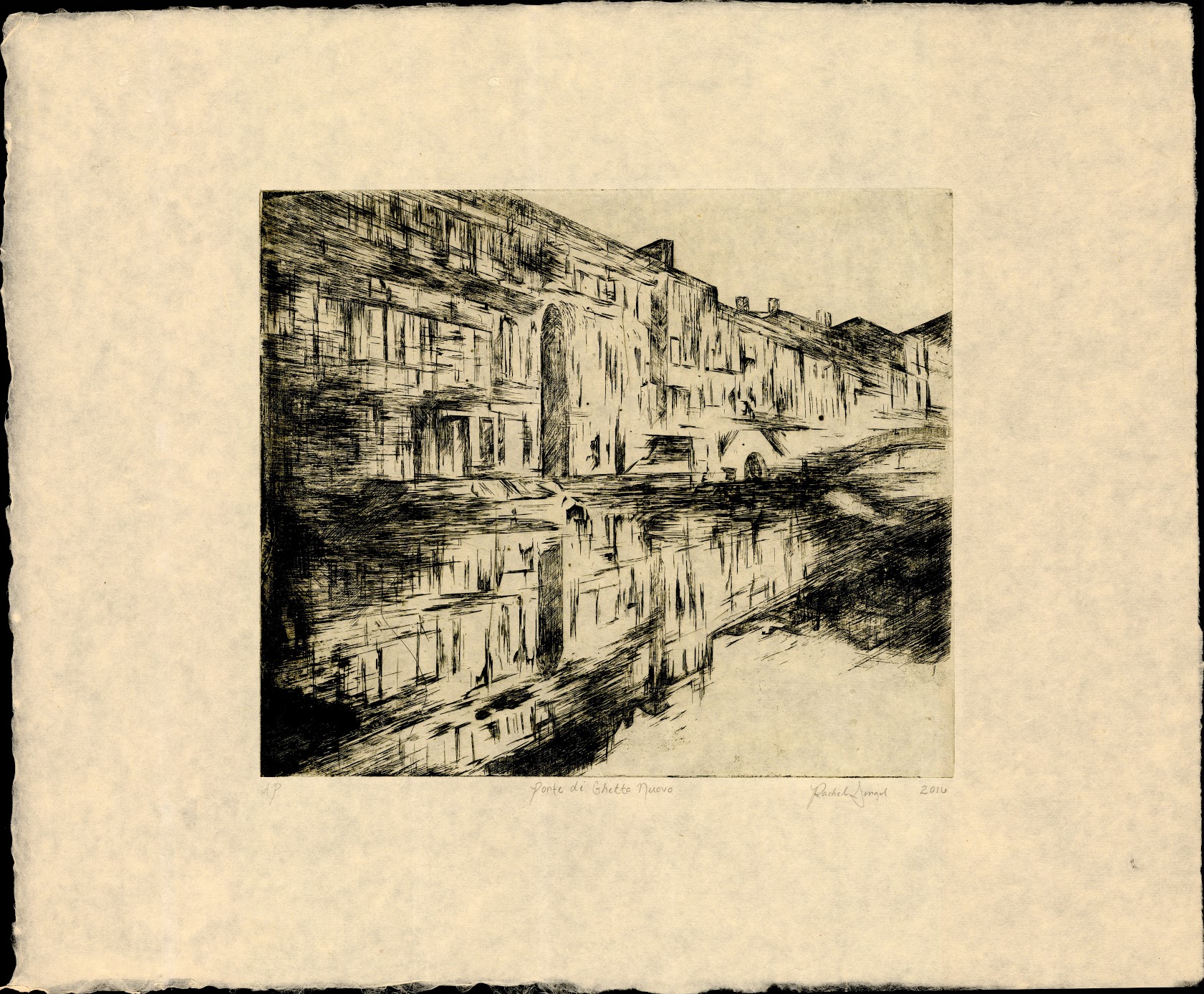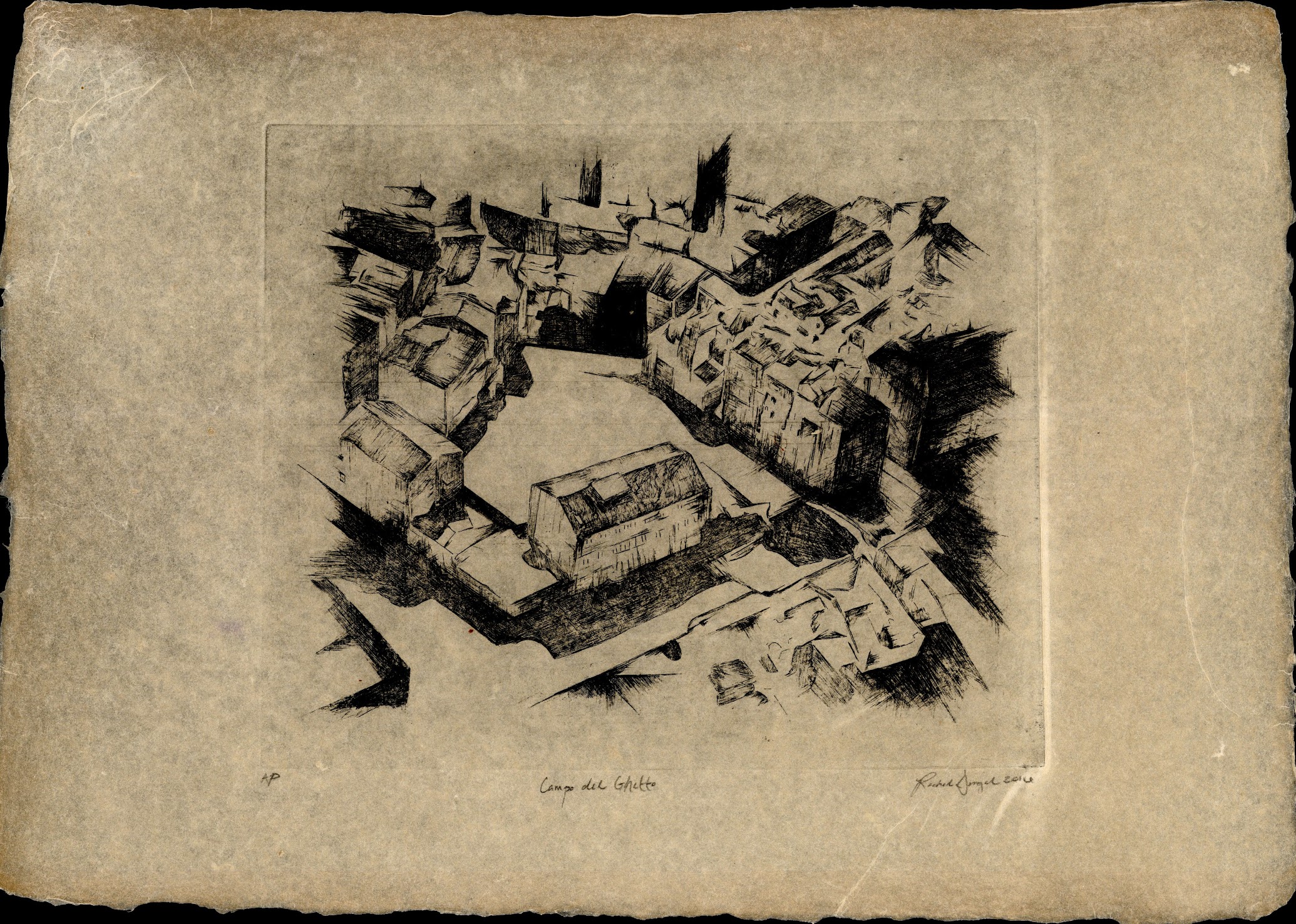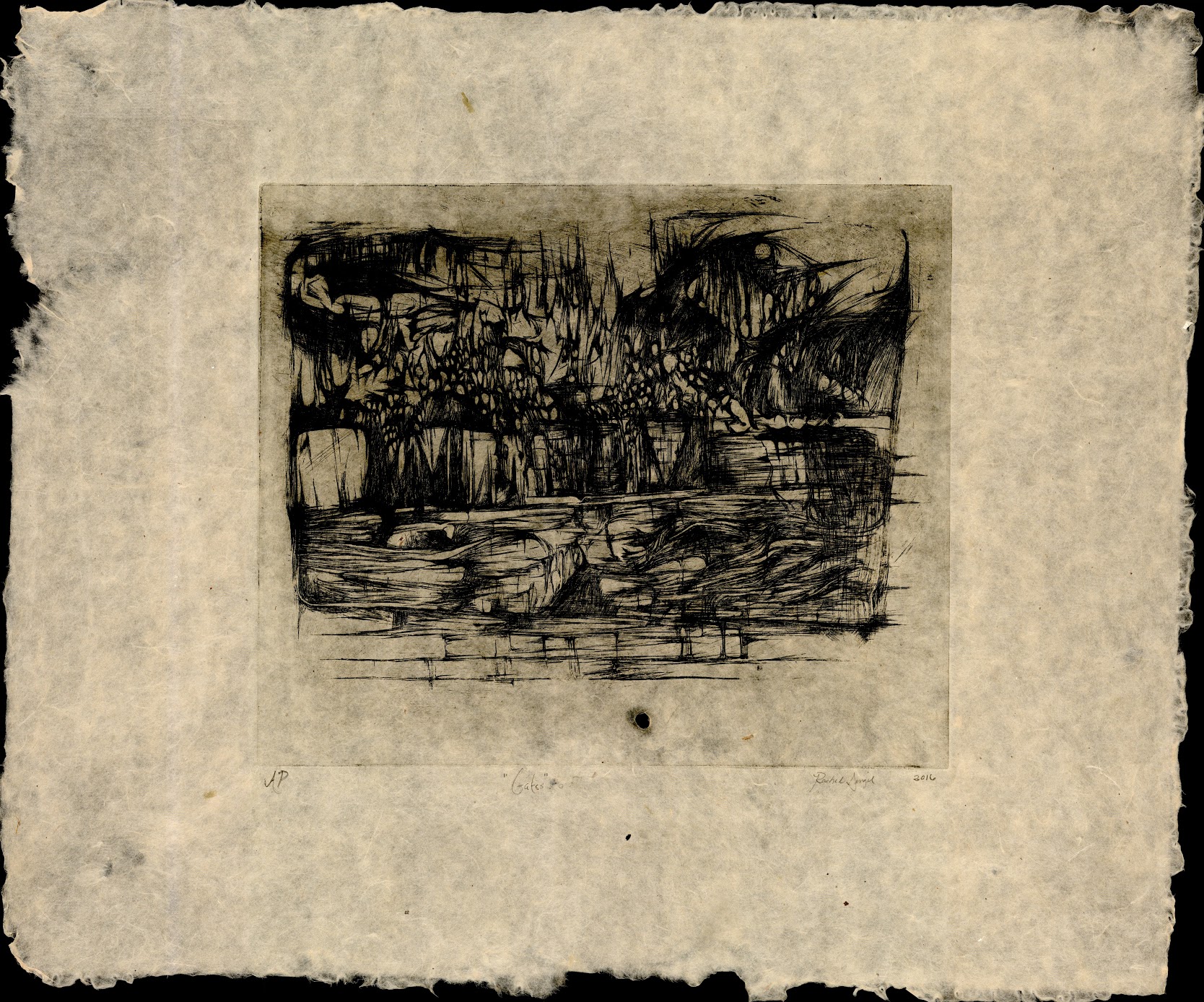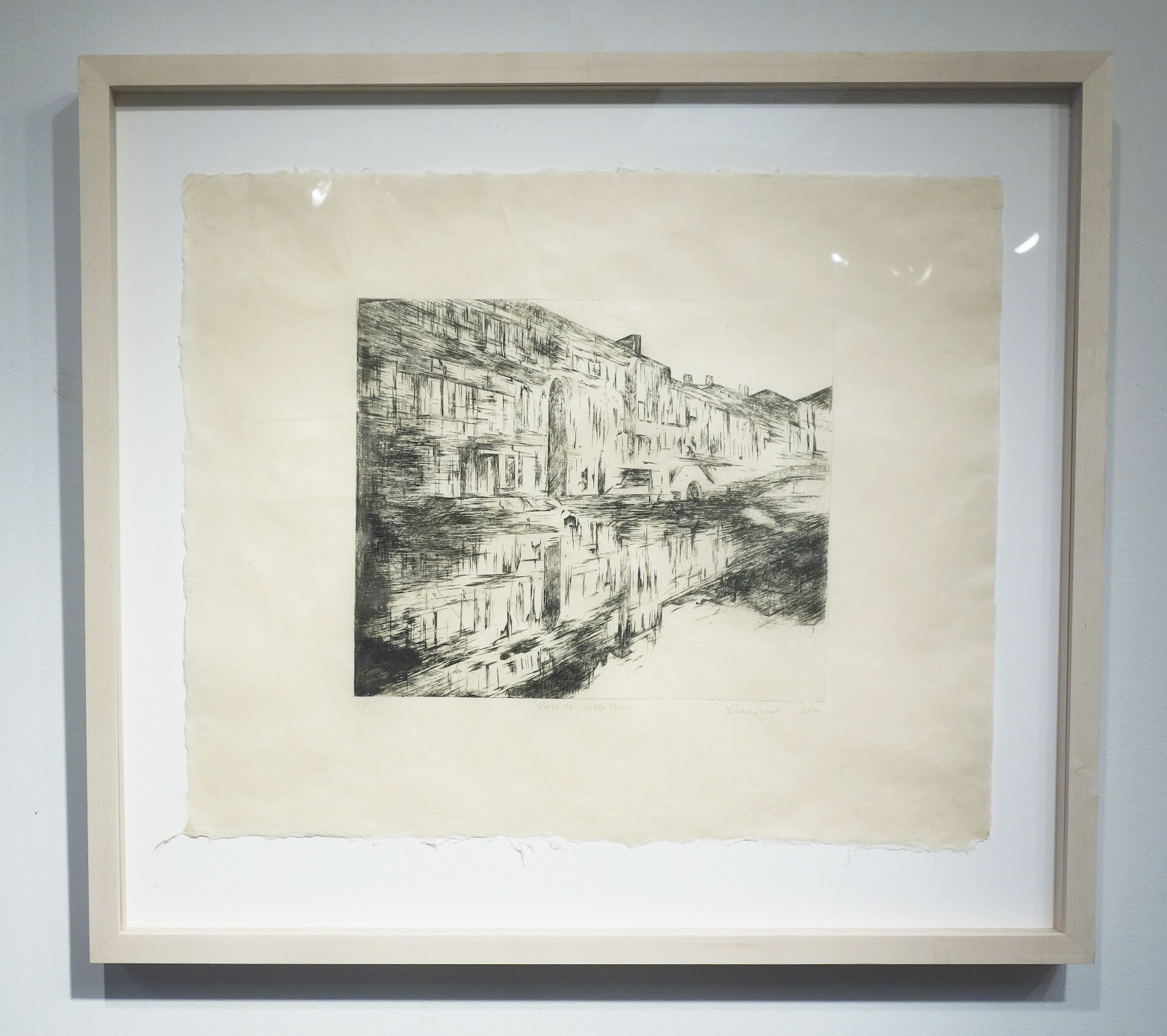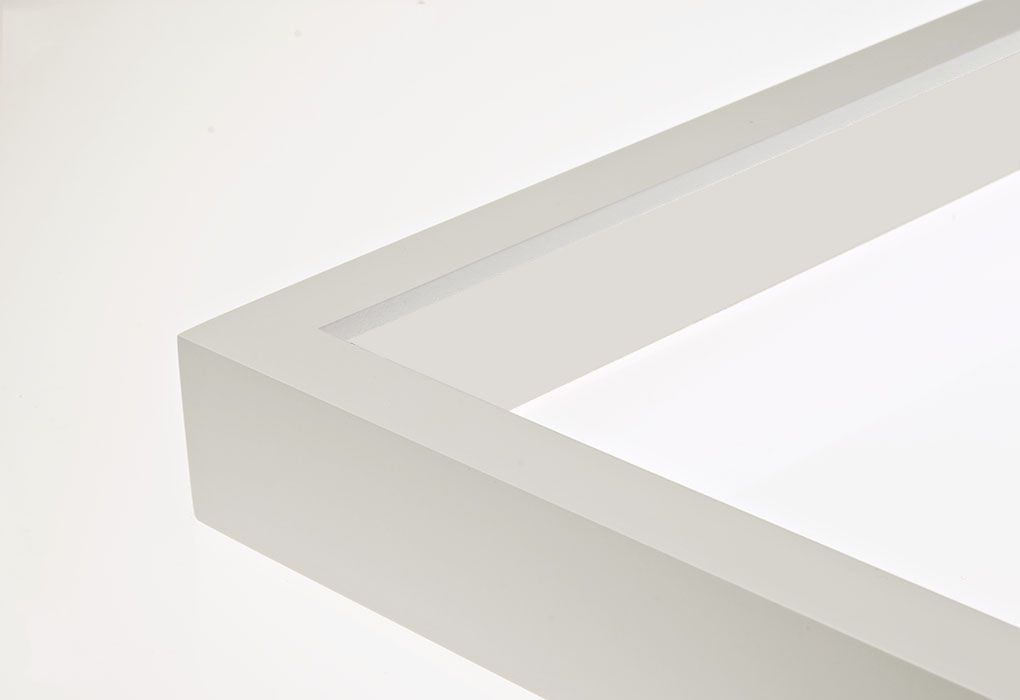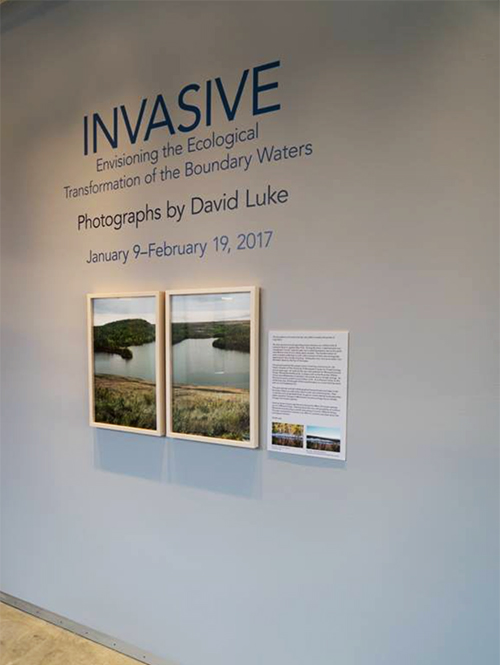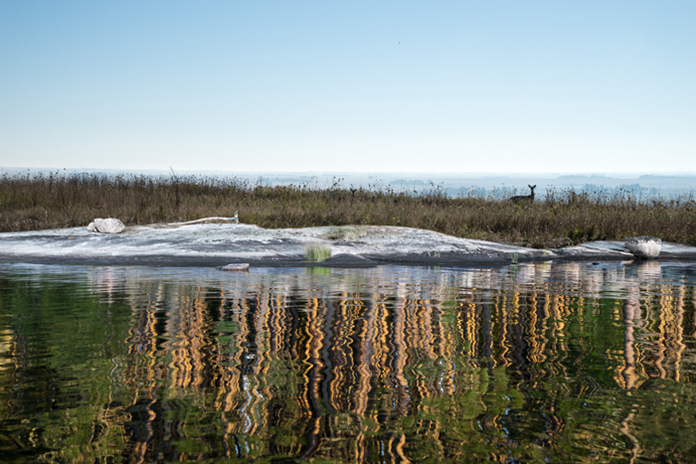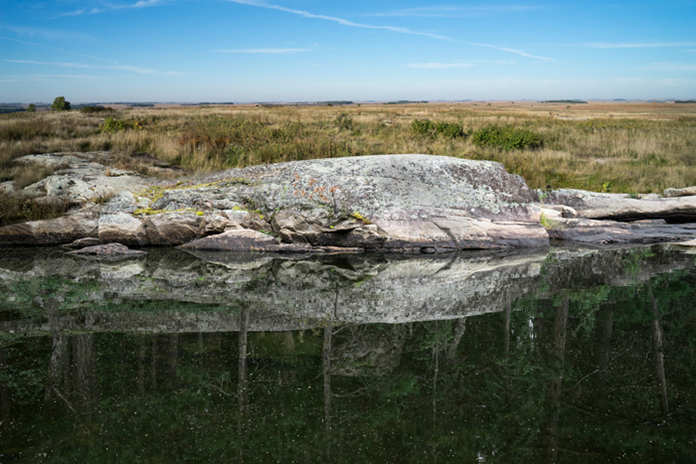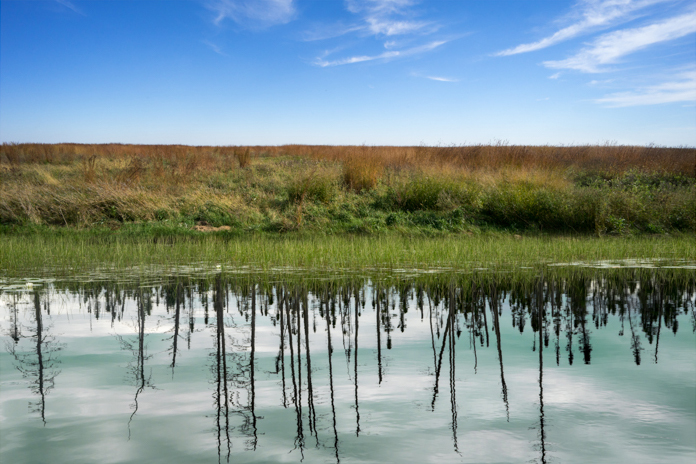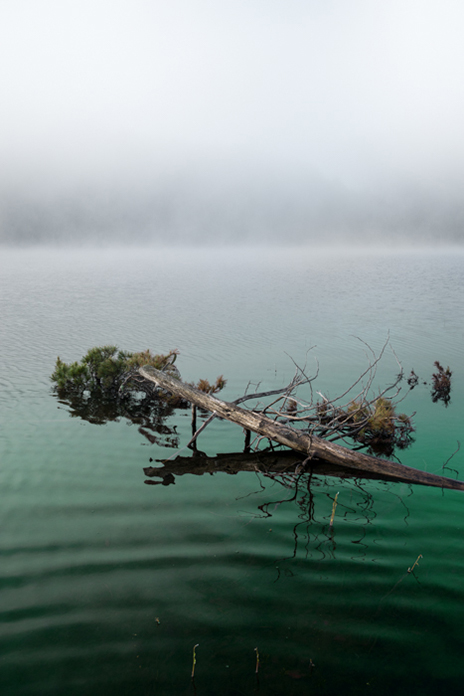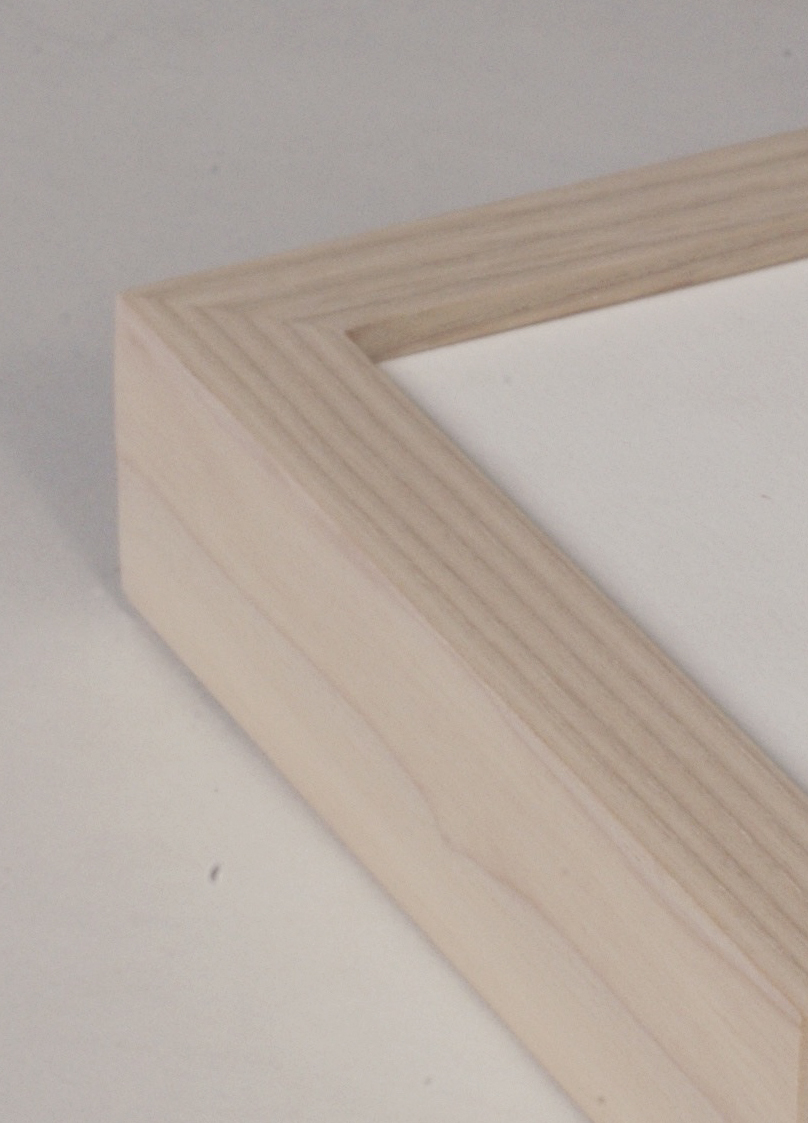VOSTELL CONCRETE 1969–1973 at Smart Museum of Art
In the late 1960s and early 1970s, Fluxus co-founder Wolf Vostell (1932–1998) used concrete as an actual material and an artistic motif in a surprising, unique body of work that includes the colossal sculpture Concrete Traffic.
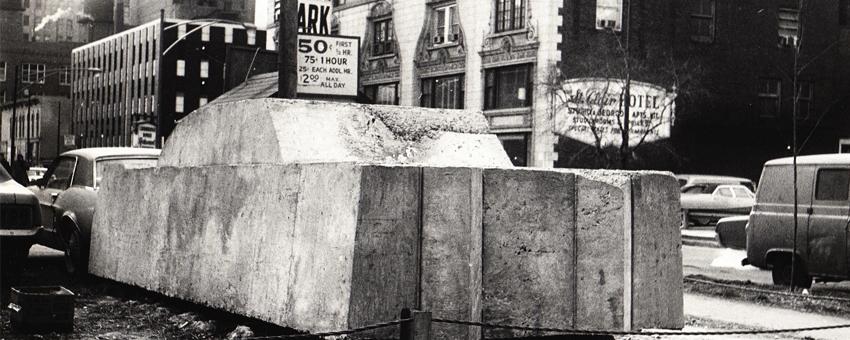
David Katzive, installation view of Wolf Vostell’s Concrete Traffic, January 1970.
(Collection of the Museum of Contemporary Art Chicago. Photo © MCA Chicago.)
During this time, Vostell mobilized concrete’s ambivalent connotations of permanence and inflexibility, strength and violence, to engage with postwar urbanism, particularly German reconstruction and American urban renewal; with unrest and war, including the civil rights marches in Selma, the Paris student protests, the Vietnam and Cold wars; and with the international, if not yet global world, particularly as manifest in transatlantic travel, postcards, and the Munich Olympics.
Vostell Concrete is animated by questions of why the materials of art making matter and how they signify. It features the artist’s little known, first uses of concrete and redresses a too-limiting understanding of Vostell as a mere performance artist or belated German Pop artist. Drawn from the Smart Museum and other local, national, and international collections, the nearly 50 works on view span a variety of media, from sculpture to film, performance, collage, watercolor, and printmaking.
CONCRETE HAPPENINGS
The exhibition is part of Concrete Happenings, a collaborative series of public exhibitions, screenings, symposia, and happenings that mark the return of Vostell’s colossal Concrete Traffic (1970) to public view following a major conservation effort. The sculpture—a 1957 Cadillac encased in concrete—is part of the University of Chicago’s public art collection.
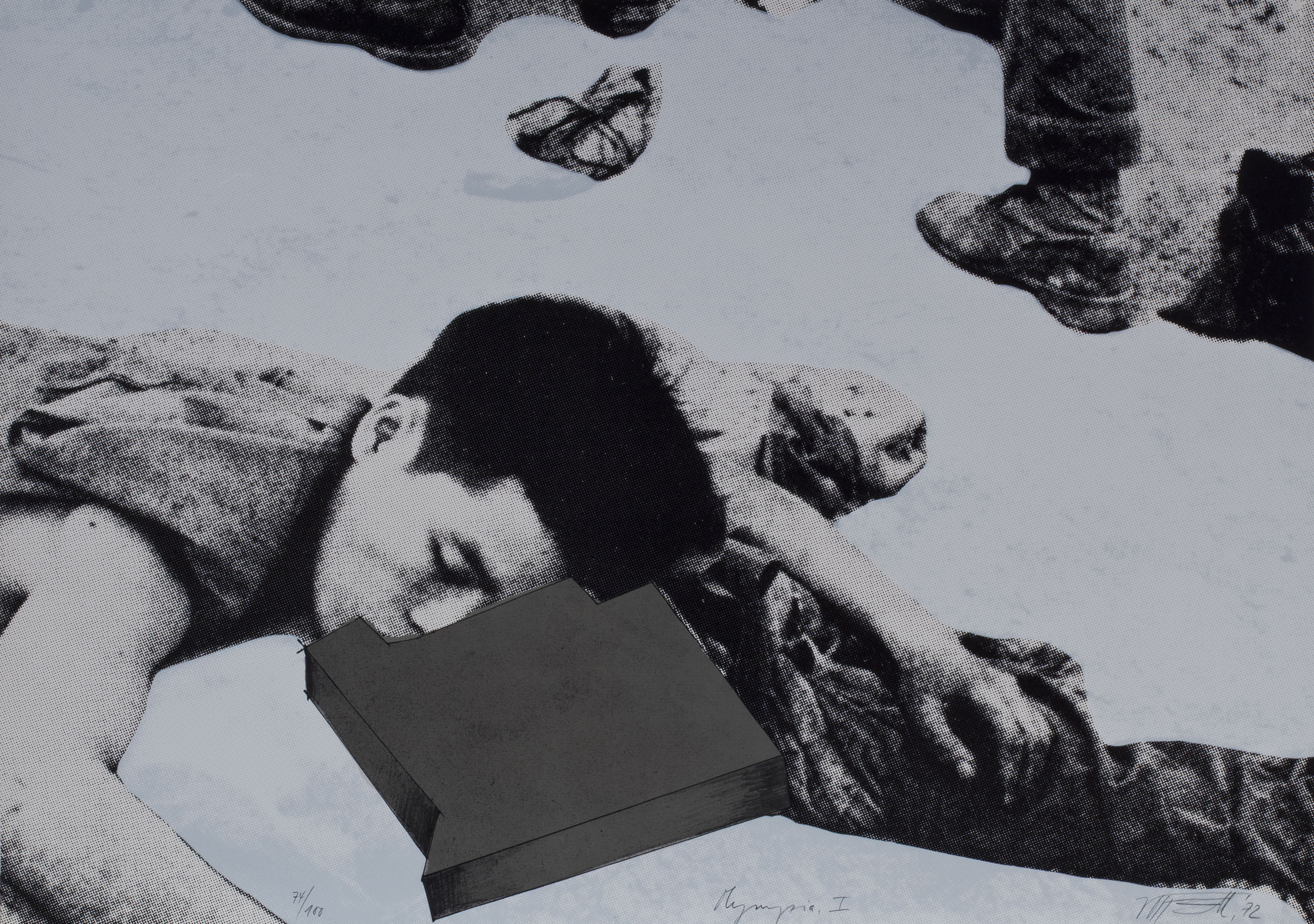
Wolf Vostell, Olympia (I), ed. 74/100, 1972, Screenprint on light cardboard. Smart Museum of Art, The University of Chicago, 2014.1.1. Art © The Wolf Vostell Estate.
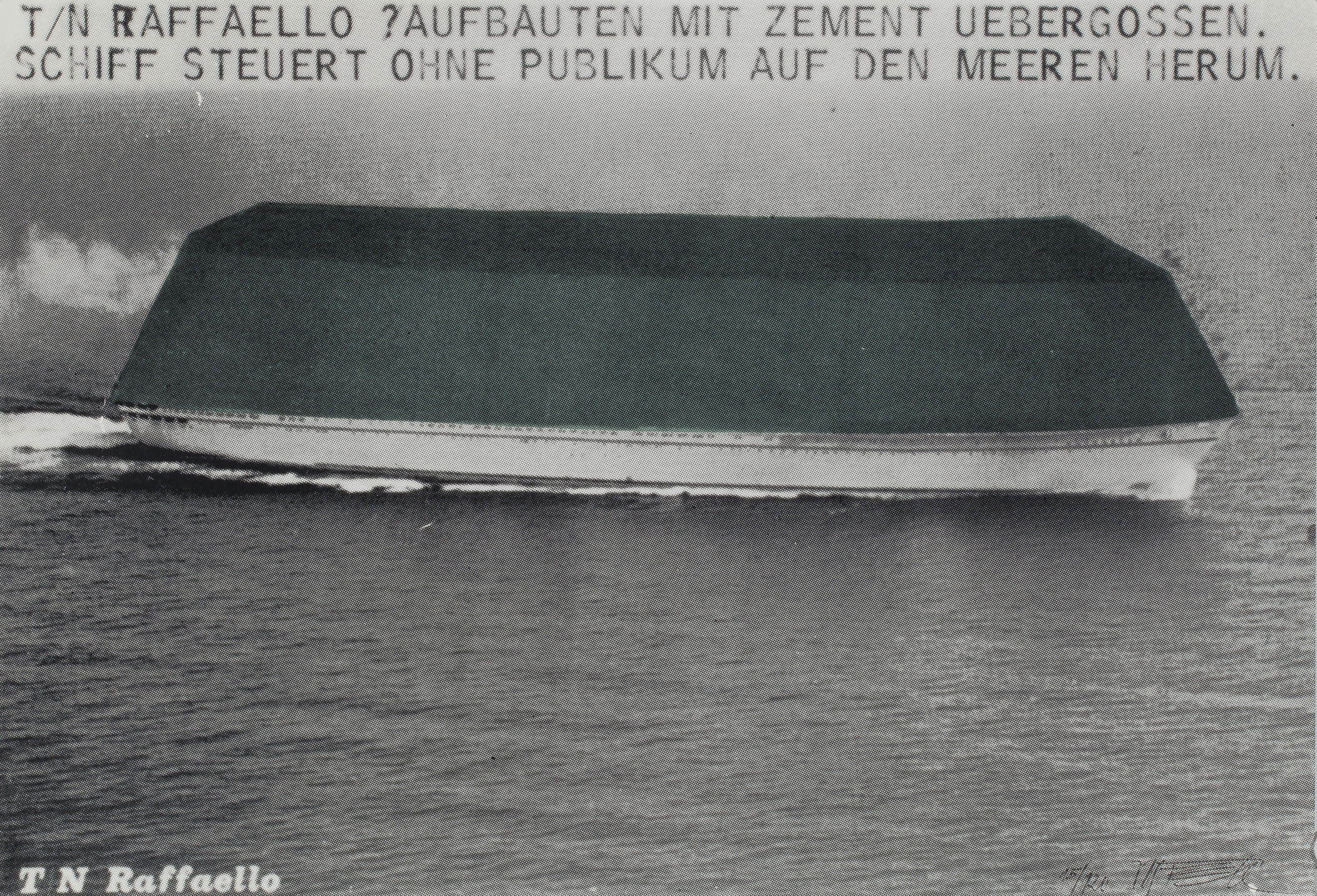
Wolf Vostell, T/N Raffaello, ed. 12/120, 1970, Silkscreen in two colors on cardboard. Smart Museum of Art, The University of Chicago, 2016.16. Art © The Wolf Vostell Estate.
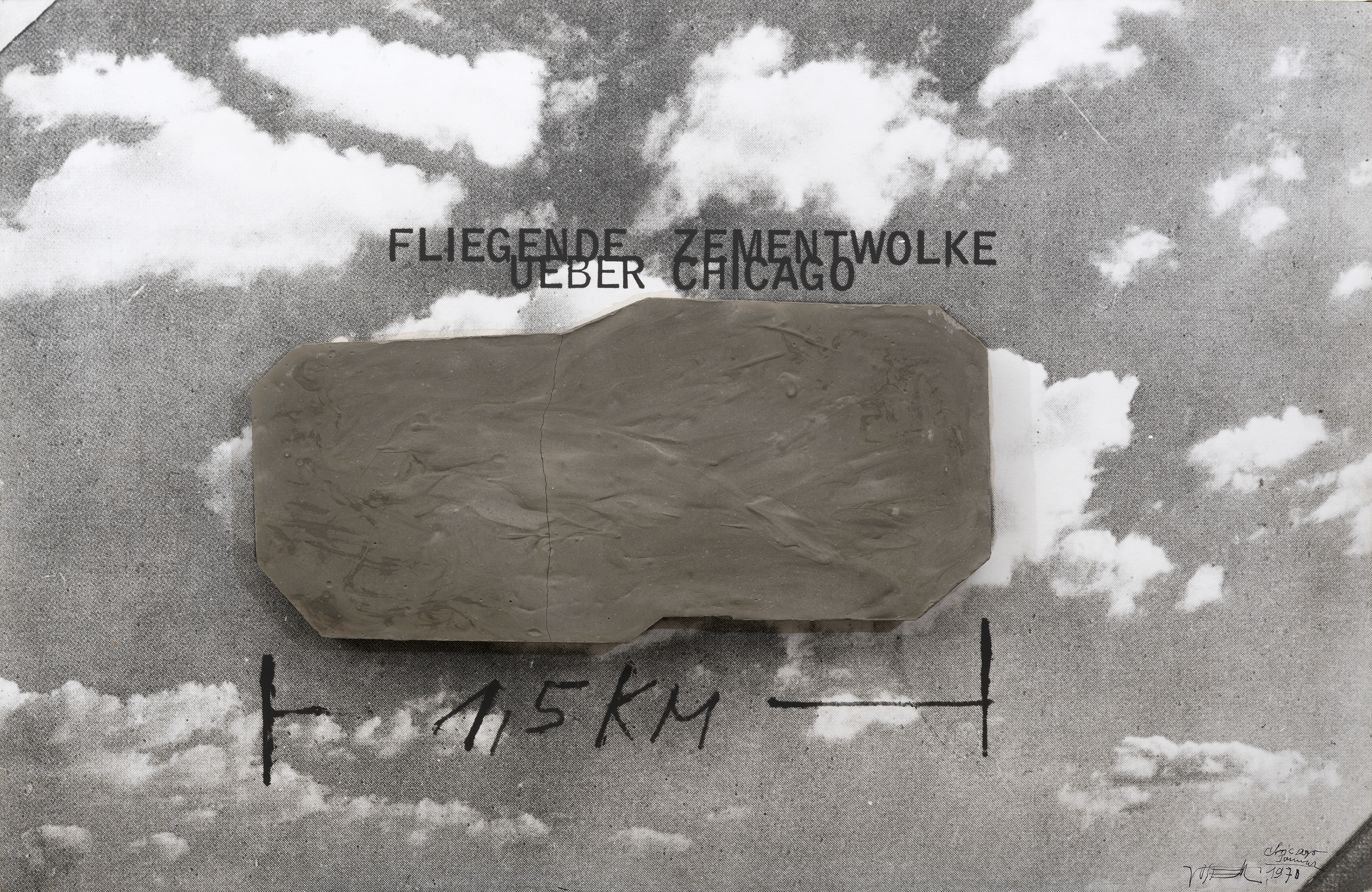
Wolf Vostell, Fliegende Zementwolke ueber Chicago (Flying Cement Cloud over Chicago), 1970. Cement on print mounted on chipboard. Smart Museum of Art, The University of Chicago, 2016.17. Art © The Wolf Vostell Estate.
“VOSTELL CONCRETE 1969–1973”
January 17 – June 11, 2017
Smart Museum of Art
University of Chicago Chicago, Illinois
FRAMING SPECIFICATIONS AND ADVICE
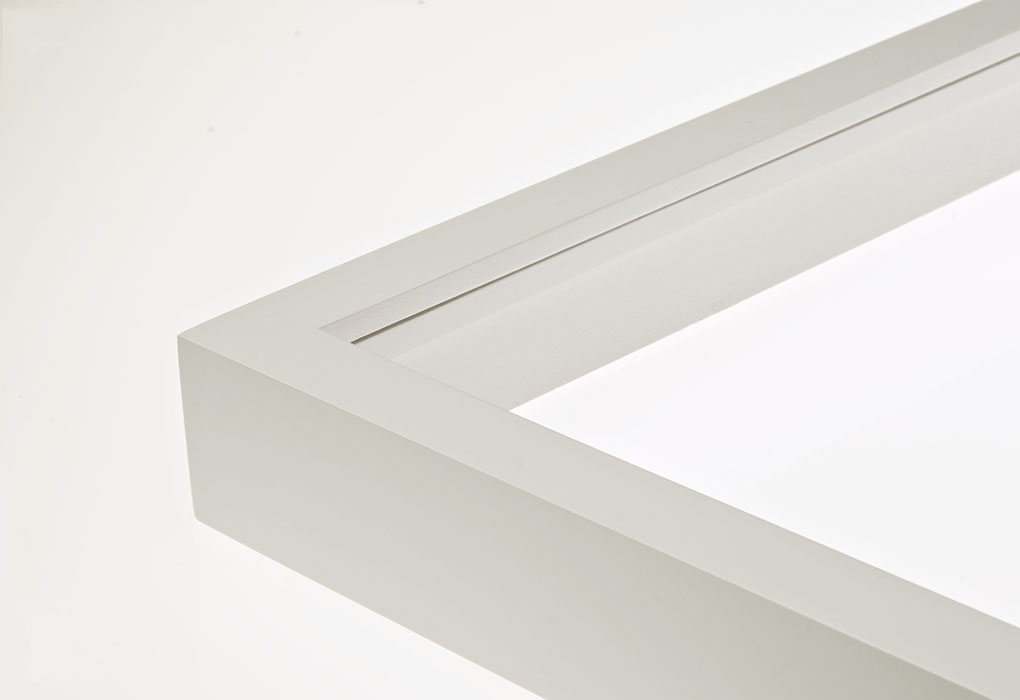
METRO GALLERY FRAME
Standard Profile: 106
Type: Standard Gallery Frame
Wood & Finish: maple wood with warm white opaque finish
Custom Wood Spacer: 1/2″ wood frame spacer
Purchasing Option: joined wood frame with matching splines
Custom Frame Acrylic: 1/8″ regular acrylic cut to size
Custom Frame Backing Board: 1/4″ archival coroplast cut to size
Framing Advice: fitting gallery frames
